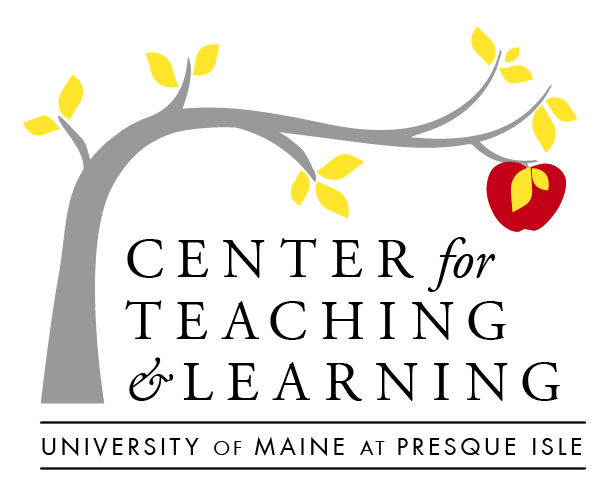Course Design in Higher Education
Whether you are starting to design a course from scratch or you are stepping into a course that has already been built and needs revamping, it is important to understand that design is the process and methodology of creating quality learning environments and experiences for our students.
Good course design allows you to make deliberate decisions about the types of content, instructional materials, and learning activities will best help students gain skills and meet your learning outcomes. Great course design builds an optimal learning environment that is supportive of intellectual development and places a premium giving students an engaging, authentic space to reflect and grow.
The UMPI Learning Experience
- Effective design means more students will be able to participate in deeper learning experiences that foster successful learning.
- At UMPI we take pride in our ability to support students where they are in their learning process, and in our dedication to creating an amazing educational experience for all students
- We co-create the culture and expectations that we hold students to and hold ourselves to those same standards
- Whether in general education or program-specific education, UMPI courses, and the faculty who teach them focus on creating Learning Outcomes that are actionable, measurable and skills-based
Click the numbers above to explore more information about the Course Design Cycle
The Backward Design Process
One of the methods that we often use when helping faculty design their course is the backward design process. This allows us to help you focus on the over-arching outcomes and expectations of your course, determine which assessments would best help you measure student attainment of those outcomes and then choose content that will prepare students to be successful in those assessments.
Learn more about Backward Design from Grant Wiggins video, or stop by CTL to check out Understanding by Design, Expanded Edition, by Wiggins and McTighe (2006)
Understanding By Design
Ready to Get Started?
Consider these key process documents, before you dig into your course building process:
A look at some learning models
The Instructional Designers at CTL are content experts in how people learn–because if you understand a bit about how learning happens, then you can design activities that are really effective at moving students toward the learning outcomes. It is important to note that different learning models may work better for certain delivery modalities, and may even complement specific kinds of activities–when in doubt, or if you would like to talk about strategies to support or tweak your current model, please reach out.
Here is just a sampling of a few learning models used in Higher Ed, which can inform your instruction at UMPI:
